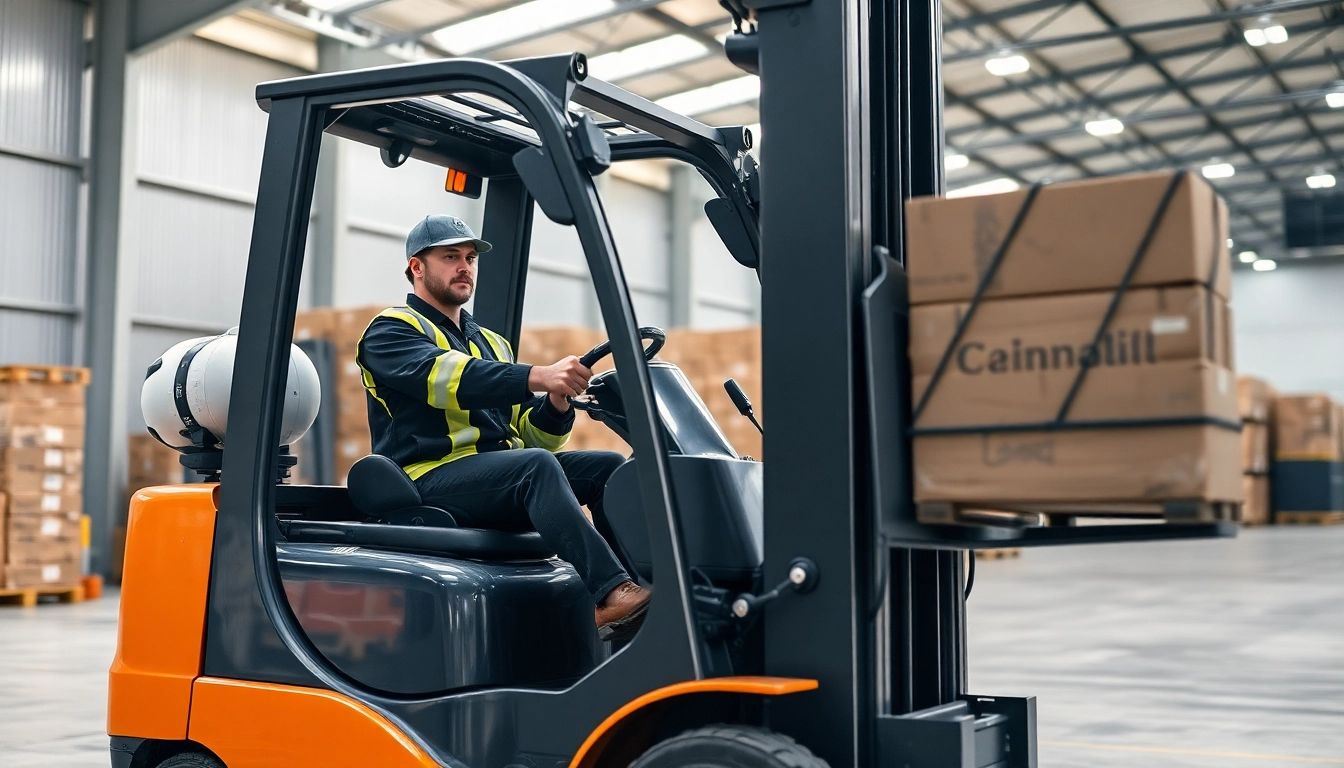1. Introduction to Manufacturing Costs and Technology
Manufacturing costs are the backbone of any production-oriented business, shaping everything from pricing strategies to bottom-line profitability. Understanding what drives these costs is essential for manufacturers looking to optimize their processes and leverage technology to gain a competitive advantage. In this article, we will break down the various components of manufacturing costs, delve into the role of technology in cost management, and offer insights into how businesses can strategically approach cost control to enhance efficiency and sustainability.
1.1 The Importance of Cost Awareness
Cost awareness is far more than just a financial metric; it’s a critical element that informs decision-making across the organization. Understanding manufacturing costs allows companies to set competitive pricing, determine product viability, and allocate resources effectively. In an era where global competition and fluctuating material prices pose significant risks, keen cost awareness can differentiate successful manufacturers from their struggling counterparts.
1.2 Overview of Key Cost Drivers
Several key factors contribute to manufacturing costs, including:
- Labor Costs: Wages, benefits, and training expenses associated with the workforce.
- Raw Material Expenses: The cost of acquiring the necessary materials to produce goods.
- Operational Costs: Overheads such as utilities, rent, and equipment maintenance.
- Logistics Costs: Expenses related to shipping and handling of materials and finished products.
1.3 Role of Technology in Cost Management
Technology serves as a double-edged sword when it comes to manufacturing costs. On one hand, it can lead to increased upfront investment; on the other, it can significantly reduce long-term costs. Technological advancements such as automation, data analytics, and supply chain management tools modernize traditional processes, driving efficiency and enhancing productivity.
2. Labor Costs: The Human Element in Manufacturing
2.1 Impact of Technology on Wage Structures
As automation and artificial intelligence become more prevalent, the impacts on labor costs are profound. While some low-skilled jobs may disappear, there is also a growing demand for skilled workers who can manage and operate advanced machinery and software. This shift often results in higher wages for these positions and necessitates retraining and upskilling programs for the existing workforce.
2.2 Automation and Labor Force Reduction
Automation offers manufacturers an opportunity to increase output while reducing the reliance on human labor. For instance, robotic assembly lines can operate continuously, leading to a streamlined production process. However, this can lead to job displacement, raising ethical questions and prompting the need for workforce adjustments and strategic planning.
2.3 Training and Development in a Tech-Driven World
To ensure that employees are well-equipped to work with new technologies, manufacturers must invest in comprehensive training and development programs. This includes not only initial job training but also ongoing education to keep pace with evolving technology. Such investments result in a more adaptable workforce capable of meeting the demands of modern manufacturing.
3. Raw Material Expenses: Sourcing and Technology Innovations
3.1 Sustainable Sourcing with Technology
As environmental concerns become increasingly paramount, manufacturers are looking for sustainable ways to source raw materials. Technology enables greater transparency in supply chains, allowing manufacturers to track the origin of materials and ensure compliance with ethical standards. This shift not only aids in sustainability efforts but can also appeal to environmentally conscious consumers.
3.2 The Effect of Market Trends on Material Costs
Raw material prices are volatile and can fluctuate based on market trends, geopolitical issues, and changes in demand. Manufacturers must stay informed about these trends to adapt their sourcing strategies accordingly. Advanced analytics tools can help predict market changes and provide insights for strategic material purchasing.
3.3 Tech Tools for Supply Chain Optimization
Supply chain management software has revolutionized the way manufacturers handle their logistics. Tools that provide real-time data on inventory levels, supplier reliability, and shipment tracking can optimize material flow and minimize costs. Technologies such as blockchain are already being implemented to enhance supply chain transparency and security, providing a more integrated approach to raw material management.
4. Operational Efficiency: The Influence of Technology
4.1 Lean Manufacturing Principles and Technology
Lean manufacturing principles emphasize waste reduction and efficiency, and technology plays a crucial role in this approach. Implementing just-in-time (JIT) production systems, for example, can minimize excess inventory and reduce holding costs. Through technologies like IoT, manufacturers can monitor equipment performance in real-time, leading to proactive maintenance and reduced downtime.
4.2 Real-time Data and Decision Making
Real-time data analytics enable manufacturers to make informed decisions quickly. By leveraging sensor data and machine learning algorithms, businesses can identify inefficiencies, predict maintenance issues, and streamline operations. This data-driven approach fosters an agile manufacturing environment that adapts rapidly to changing market conditions.
4.3 The Role of Software in Efficiency Improvements
Software solutions such as Enterprise Resource Planning (ERP) and Manufacturing Execution Systems (MES) are integral to modern manufacturing efficiency. These systems provide a comprehensive overview of all operational aspects, allowing for streamlined communication, improved inventory management, and enhanced production planning.
5. Conclusion: Leveraging Technology to Manage Costs
5.1 Future Trends in Manufacturing Technology
The future of manufacturing is increasingly intertwined with advancements in technology. Trends such as Industry 4.0, artificial intelligence, and smart factories will continue to reshape the landscape, optimizing production processes and reducing costs dramatically.
5.2 Strategies for Cost Reduction
Manufacturers looking to reduce costs must adopt a multifaceted approach. This includes leveraging technology to optimize supply chains, investing in employee training, and continuously monitoring operational efficiency. Strategic partnerships with technology providers can also provide insights and tools necessary for ongoing cost reduction efforts.
5.3 Embracing Change in the Manufacturing Sector
To remain competitive, manufacturers must embrace change and be willing to adapt to new technologies. This means fostering a culture of innovation and continuous improvement, where both management and employees are engaged in the process of finding more efficient and sustainable manufacturing practices.


